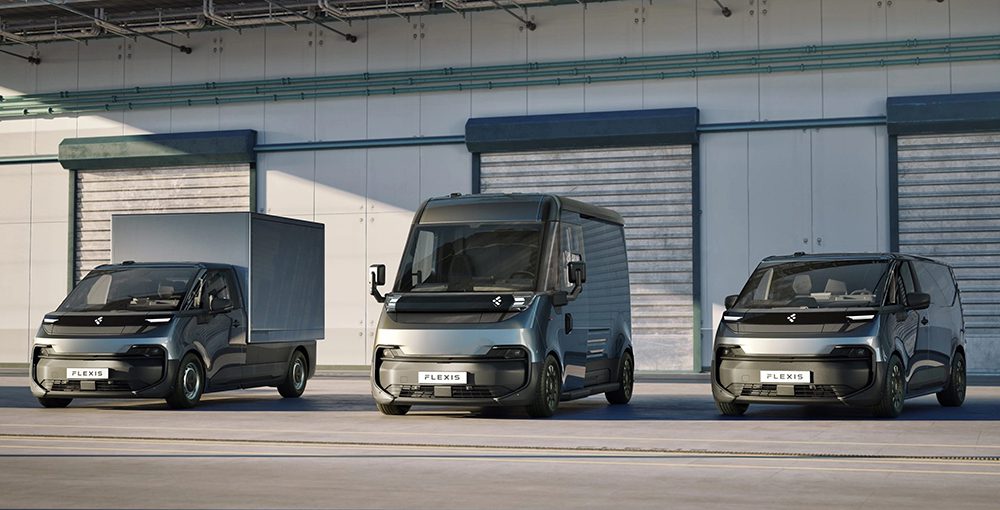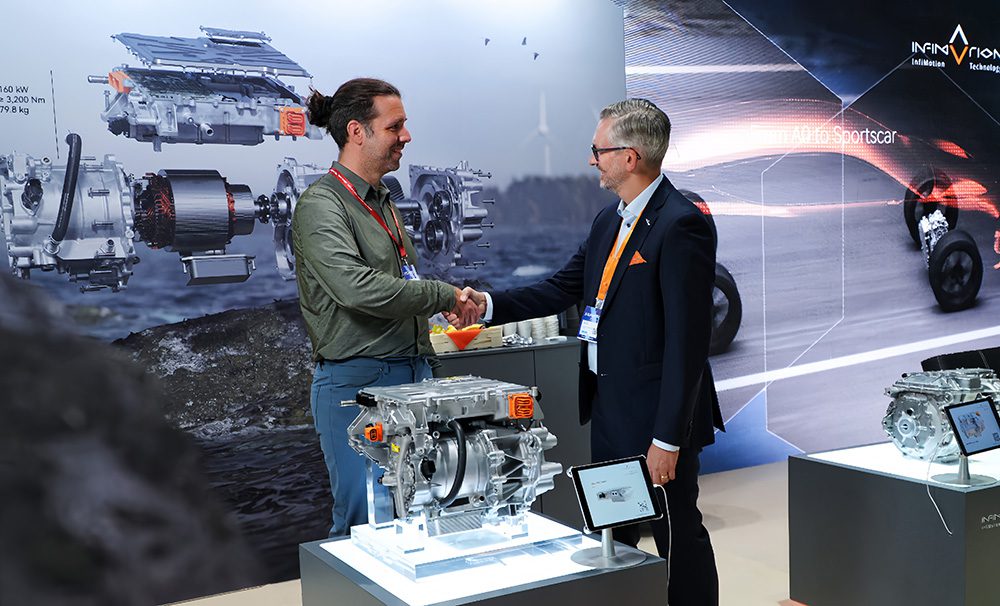The Korea Advanced Institute of Science and Technology (KAIST) and the Korea Railroad Research Institute (KRRI) have developed a wireless power transfer technology that can supply 180 kW of power at 60 kHz. KAIST first tested its On-line Electric Vehicle (OLEV) in 2009, and has made substantial improvements in size and charging power since then.
Last week, KAIST and KRRI demonstrated the wireless technology to the public by testing it on the railroad tracks at Osong Station in Korea. The test vehicles, a bus and a tram, receive power at an 85% transmission efficiency rate while maintaining a 20 cm air gap between the underbody of the vehicle and the road surface. In July 2013, the researchers plan to test OLEV on a public street in the city of Gumi.
Professor Dong-Ho Cho of KAIST said, “We have greatly improved the OLEV technology from the early development stage by increasing its power transmission density by more than three times. The size and weight of the power pickup modules have been reduced as well. We were able to cut down the production costs for major OLEV components, the power supply, and the pickup system, and in turn, OLEV is one step closer to being commercialized.”
Image: KAIST
Source: KAIST via Phys.org












































































































